India is a land where women are equated with goddesses. However, the real scenario can often be contrasting. In many situations, women are barely even treated as humans! Be it urban areas or rural, women in India face a daily struggle against misogyny.
Despite the adverse circumstances, women continue to survive. And there are many reasons why they bear these: pressure from family, financial pressures, no support from family. And the biggest driving force of course: What will society say?
Illiteracy among women has led to their lack of awareness about their rights enshrined in the Constitution. According to the 2011 Census, female literacy stands at 65.5% while male literacy at 82.1%. The gap is more pronounced in rural areas. Apart from the poor educational opportunities, women face a number of other problems and challenges that require urgent attention.
Female infanticide and foeticide
A female starts experiencing discrimination before she is even born. A girl child is considered a burden to the family whereas a boy is considered an asset. After marriage, women in India are expected to live with their in-laws. Thus, investing money in their education is considered to be a waste of resources.
Moreover, socio-cultural practices like dowry make girls undesirable. To skip the financial burden, some parents kill the unborn foetus or the newborn daughter. We may think that it is a thing of the past, but the lived reality of girls and women in many parts of the country has remained the same for decades.
Due to such evil practices, sex determination of the baby is now illegal. However, thousands continue to break the law to get rid of daughters. Several government programmes are also trying to reduce the stigma around the girl child through initiatives like ‘Beti Bachao Beti Padhao’.
Educate every single girl and woman
“If you educate a man, you educate an individual, but if you educate a woman, you educate a family.”
These words are absolutely true. The most important weapon for a girl to fight discrimination is education. When a girl is educated, she has the power to make her own decisions, improve the standard of life for her family and children, expand her career opportunities and reform society as a whole. When a girl is educated, she is empowered and leads by example.
In rural areas, due to the lack of educational opportunities, girls are expected to take care of household work only or are employed in minimum wage jobs to support the family. Even if a girl manages to go to school, there are chances that she might experience gender-based discrimination, face sanitation problems after reaching adolescence because of poor school infrastructure and face the risk of being sexually abused on the way to school. Caste dynamics – prevalent specially in the rural landscape adds the extra burden on young women to practise agency associated with education.
What about their healthcare and sanitation?
Rural areas and urban slums are bereft of proper healthcare, sanitation and infrastructure. People die due to what are considered to be trivial diseases in developed areas.
Living nearby dumps and in congested spaces, sanitation becomes one of their biggest problems. Due to a major lack of toilets, around 17% (around 154.5 Million) of rural Indians are forced to defecate in the open, spreading diseases like cholera and contaminating unprotected water sources. Women are also exposed to the risk of being harassed or raped during such times.
Pregnant women in villages have to travel very far on a daily basis to get water or use a toilet. Instead of going far to give birth, they stick to midwives, which later on affects the health of both the mother and the child, increasing maternal deaths and neonatal deaths. Adolescent girls often contract infections due to lack of sanitation and sanitary pads during menstruation and have no proper medical assistance to get through it.
Work gap and politics
Women face gender discrimination and abuse in the working community as well. This ranges across the pay, the promotions or the work politics. As per the The World Economic Forum’s June release of the Global Gender Gap Index data, Indian women earn only ₹40 for every ₹100 earned by men, reflecting a significant gender pay gap. A 2019 MSI survey had revealed that the median gross hourly salary for men in India in 2018 was ₹242.49, while it was ₹196.3 for women. Women are also exposed to sexual abuse at their workplace. There is a great stigma even in reporting the wrongful conduct of a co-worker. Recently, a woman died from suicide due to workplace bullying and body shaming.
And in the urban workforce, promotions work only till a certain level when it comes to women. Everything seems and feels transparent but women are often deprived of higher posts in an organisation due to gender bias. Out of 2000 CEOs of companies listed on the National Stock Exchange, only about 200 are women. The number of women who break through the glass ceiling happens to be very low. Even in the 21st century, women are looked down upon as the ‘lesser’ sex, someone who should be staying at home and taking care of the kids.
Child marriage, dowry system and domestic violence
Women in India are often considered as a burden, and thus married off at a very early age when they do not even know what marriage is. Child marriage is a strongly ingrained societal norm that shows the widespread gender inequality and discrimination rooted in Indian minds. Child marriage is a violation of a child’s rights, putting them at risk of violence, exploitation, and abuse. When a young girl is married, she is pressurised into quitting school to work for the home and bearing children. These expose her to venereal diseases at a young age and she might even lose her life while giving birth.
The dowry system is very much still prevalent in urban as well as rural areas. Often the bride’s family is harassed for more and more money and if their needs aren’t met the girl is tortured or even killed. In 2022, reported dowry death cases in India amounted to nearly 6400 – reported being the operating word here as most of these cases go unreported in our country.
Abusing women is an accepted practice in the Indian patriarchal setup. Domestic violence against women occurs in many forms. Even though many laws have been created to prevent and punish domestic violence, it is still rampant.
The sex ratio in the northern states of India is so skewed that a single woman is married to multiple men in the same family, a recipe for abuse, violence and harassment. Polyandry and fraternal polyandry is practiced in most of the north Indian states due to low female ratios and in villages, where the societies are male-dominated and which still follow ancient rituals and customs. Women don’t have a say in this and don’t get to decide who they want to get married to.
Swabhiman programme for women in India
Smile Foundation’s Swabhiman programme seeks to help and empower marginalised women from rural and semi-urban backgrounds. Some of the initiatives under the programme include providing ration and health kits to girls, providing educational support and inform and educate parents. Reproductive health and child health services are also among the major intervention areas of Swabhiman.
The programme reimagined itself into an initiative of providing women resources to become small entrepreneurs by providing them with financial literacy through regular workshops by industry experts and investing in businesses of their choice after brainstorming with the team about the viable business opportunities in their community.
The initiative is based on the premise that the best hope of empowering women is through attitudinal and behavioural changes in the community, including men.
For the year 2022-23, Swabhiman has made a difference to the lives of women and girls through these interventions:
75,000+ women sensitised on Reproductive & Child Health
Door-to-door visits, community mobilisation sessions, awareness talks, street plays, couple counselling session and more were conducted.
5,000+ women sensitised on Reproductive & Child Health
Door-to-door visits, community mobilisation sessions, awareness talks, street plays, couple counselling session and more were conducted.
54 women-led businesses & micro-enterprises initiated
With a strong network of over 400 employment partners across industries, 64% of the trained youth secured jobs and entered the workforce.
Community Awareness Tools in alliance with Govt. bodies
Information, Education and Communication (IEC) material kits for pregnant women and recipe booklets for low cost high nutrition food were developed and handed over to district administration.
We invite CSR partnerships from corporates for whom gender equality is one of their biggest thematic areas and who want India to fare better in the numbers of small women-led enterprises.



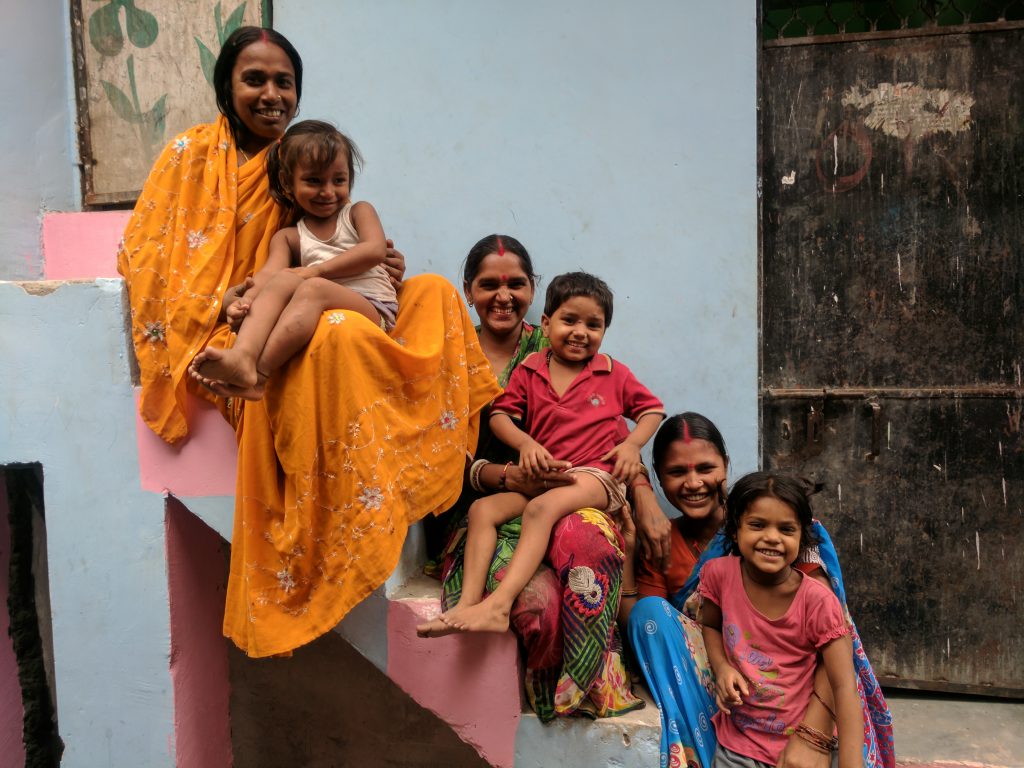
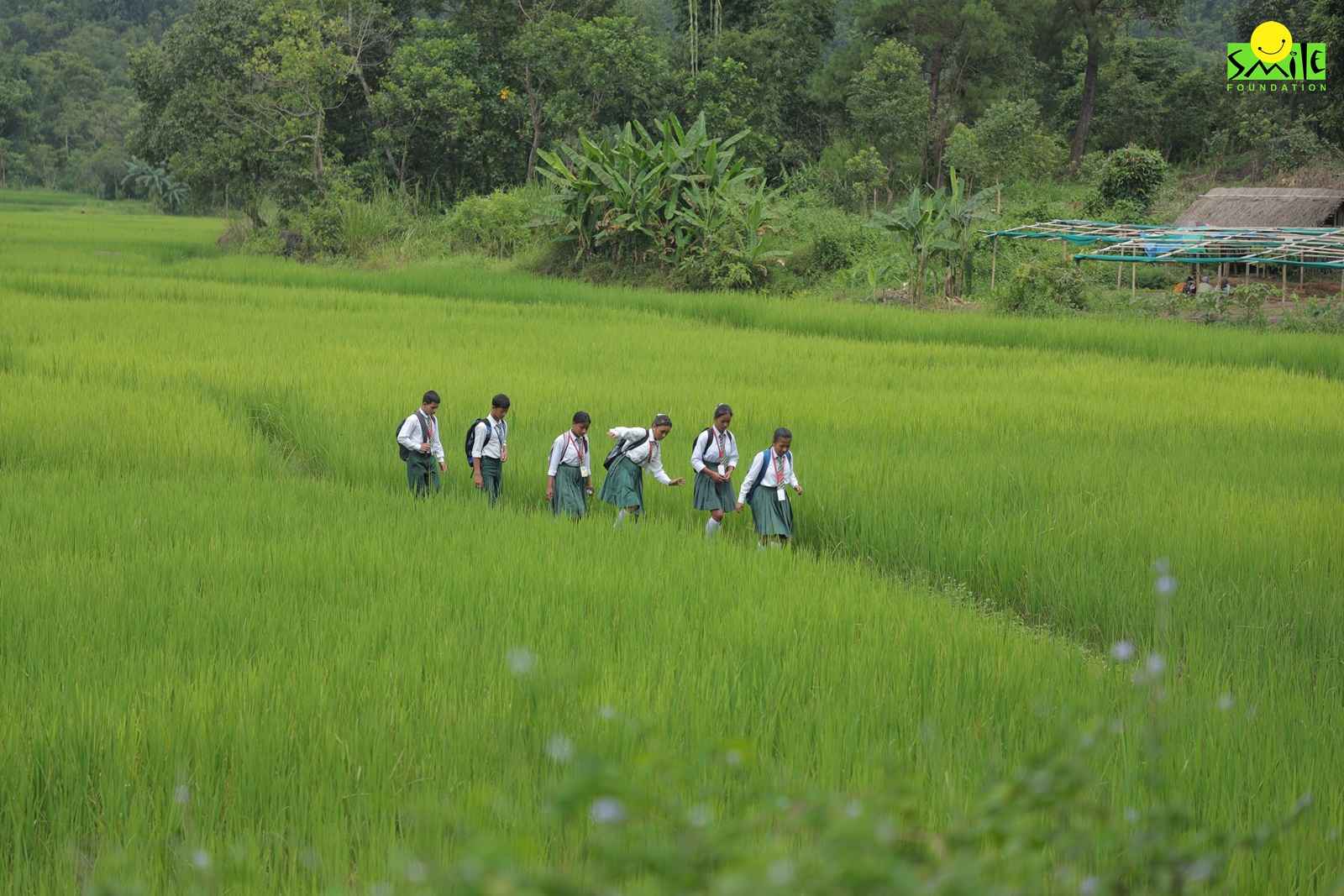
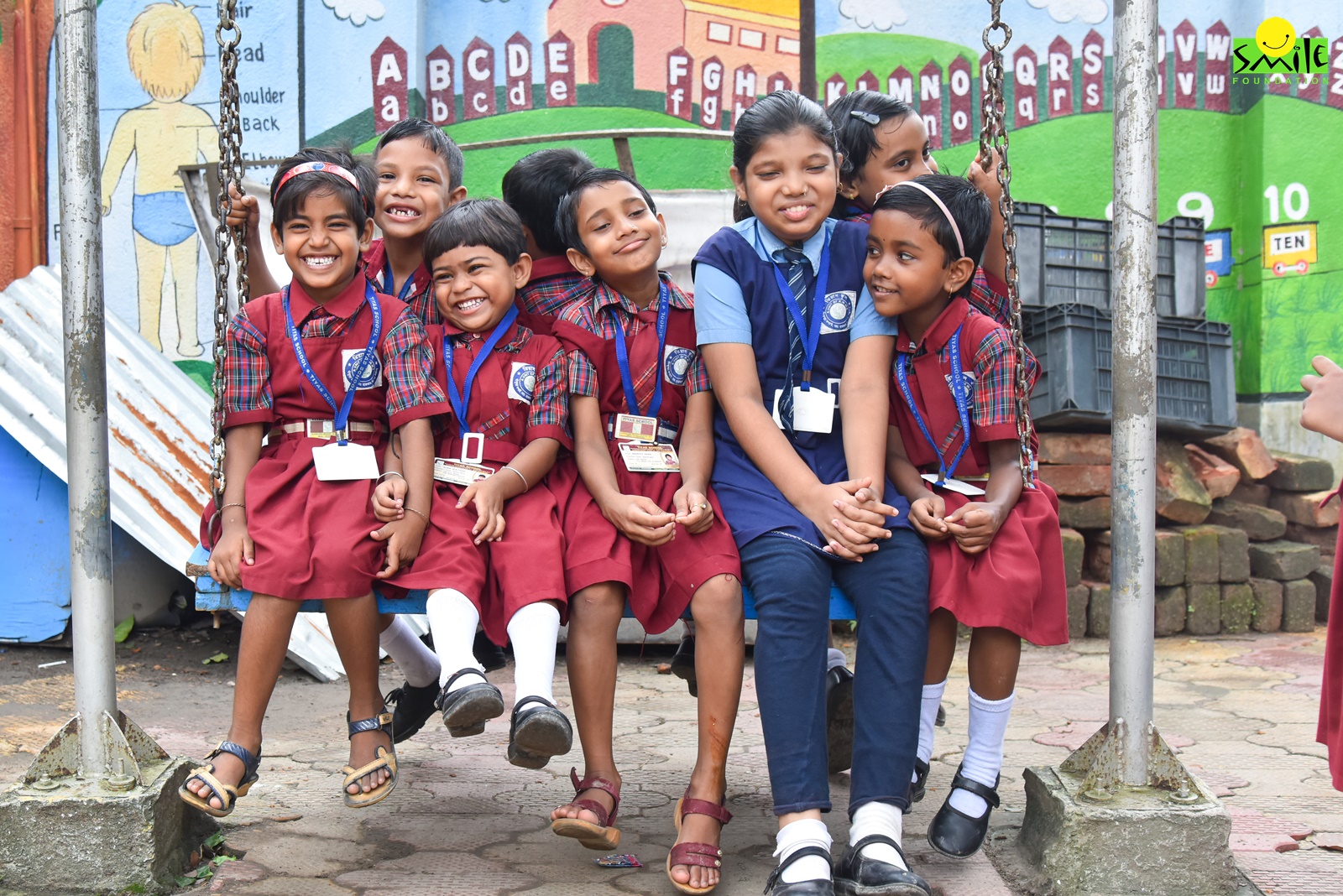

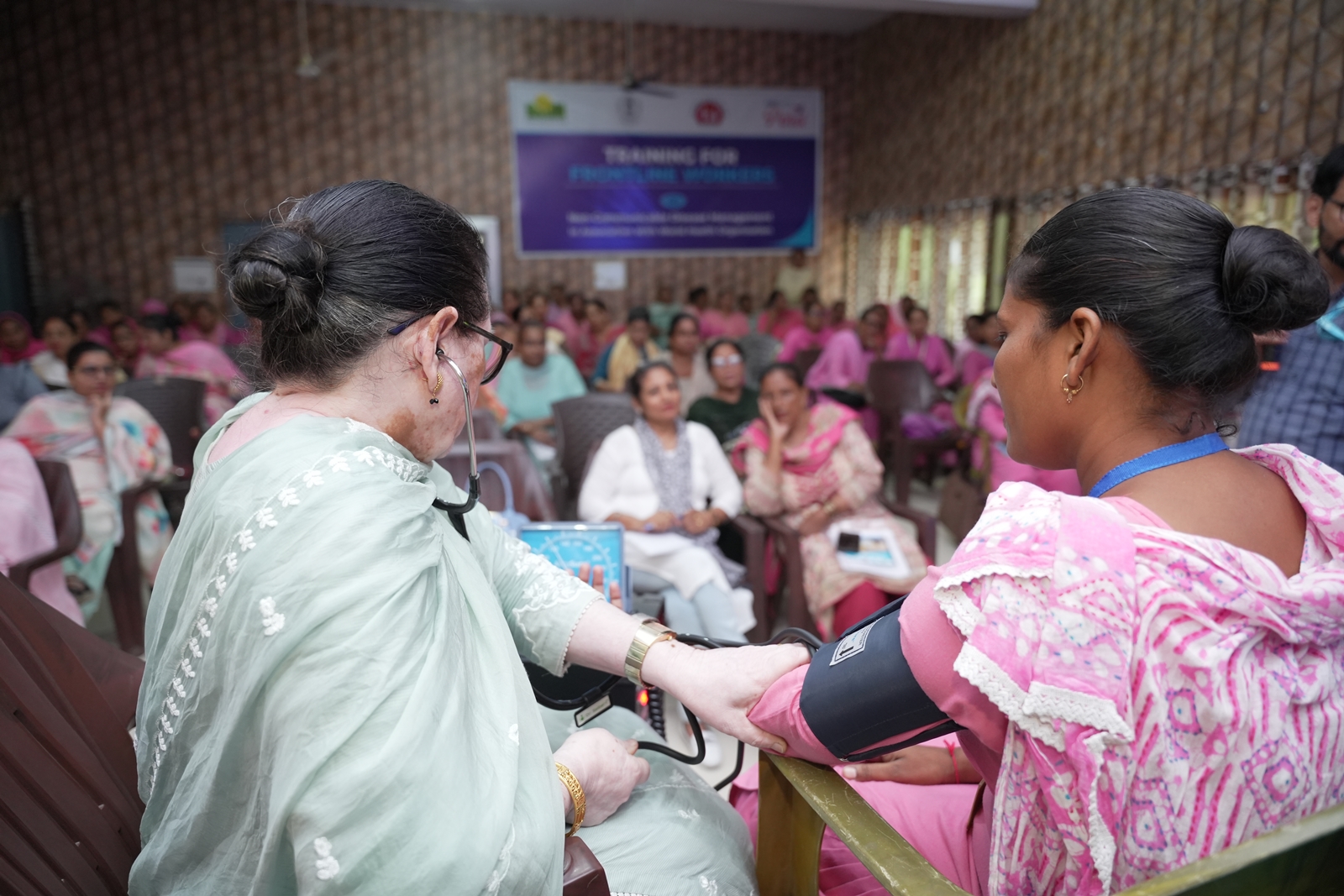
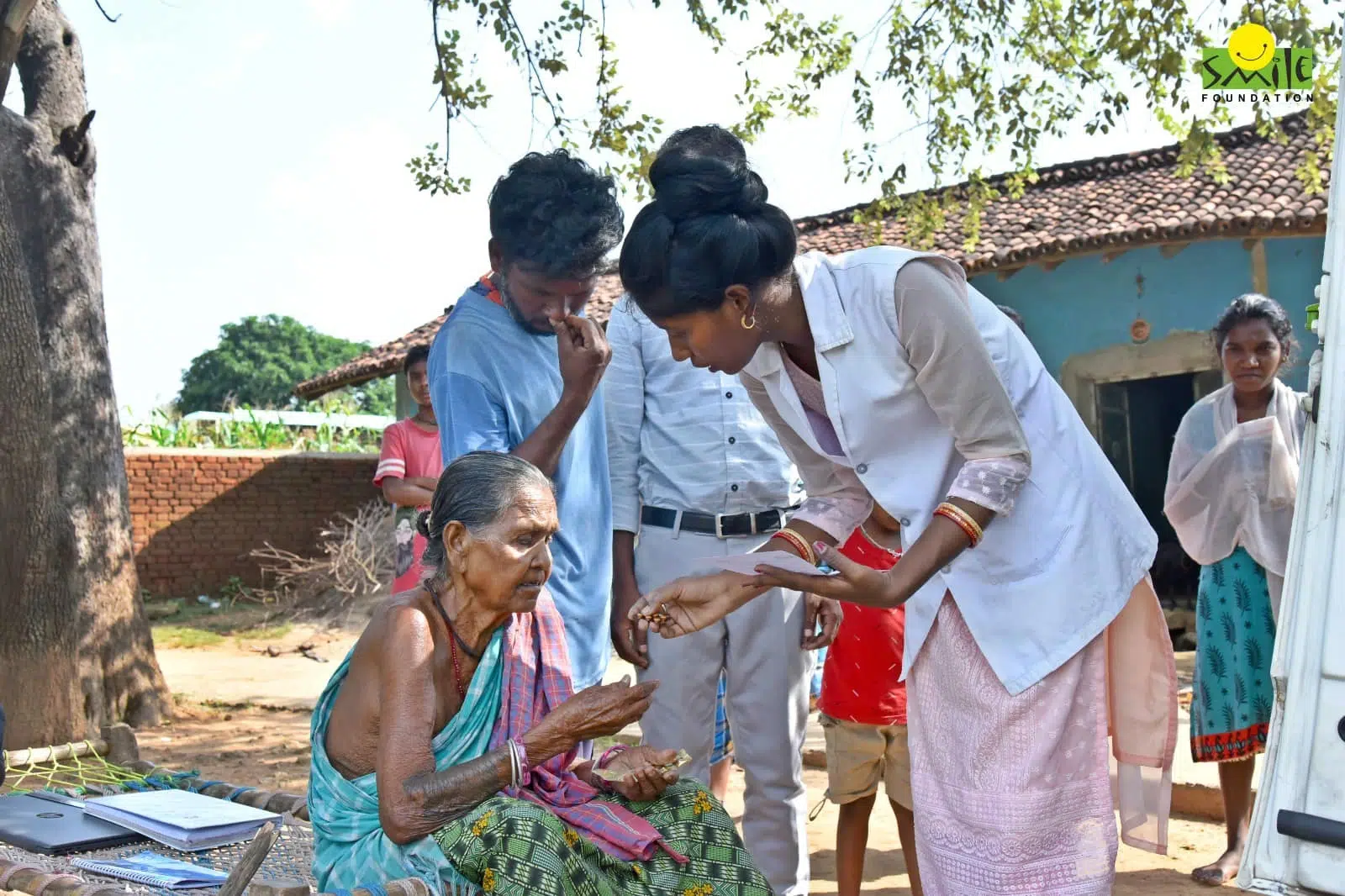
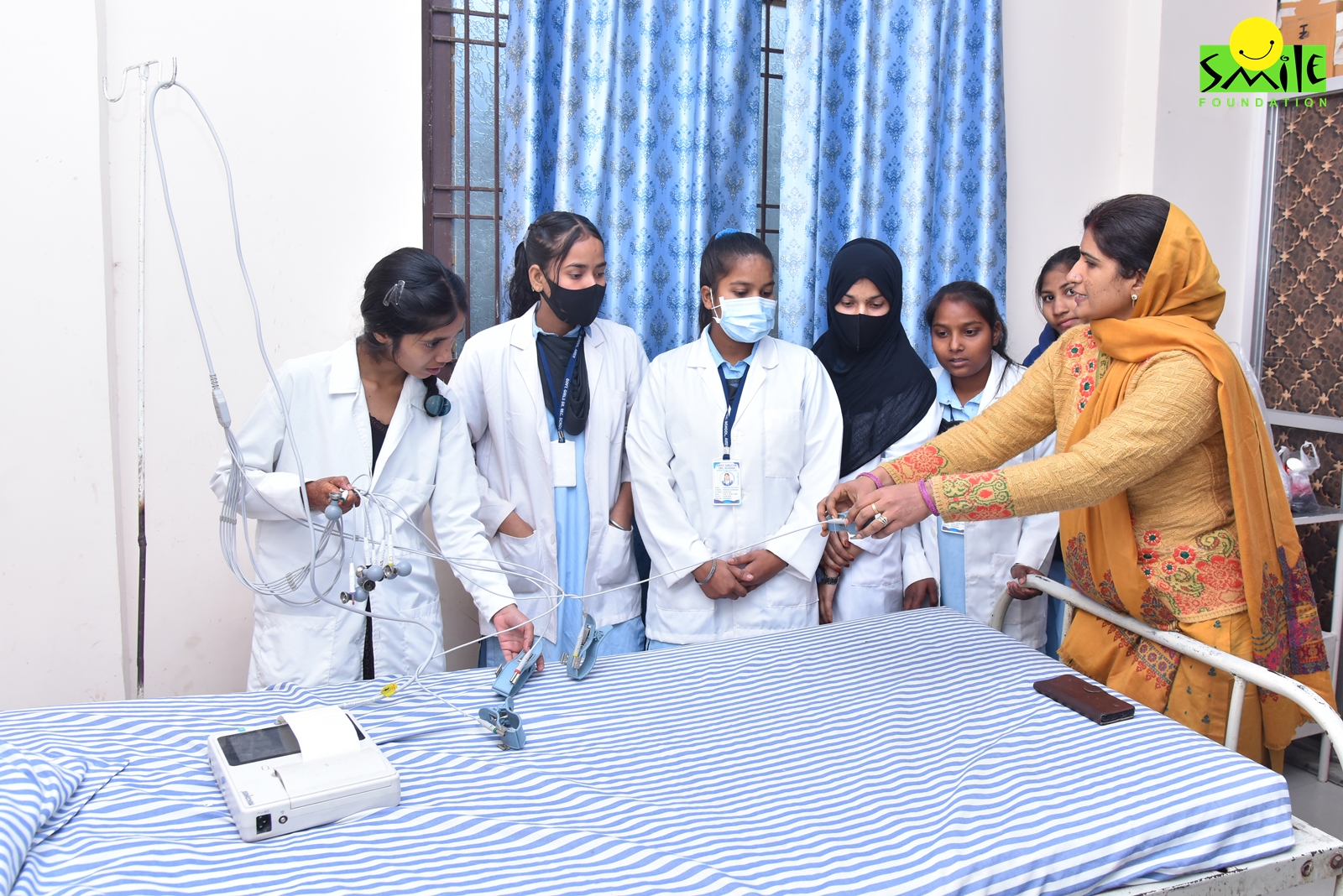
One reply on “The Plight of Women in India”
Realy these are major problem in village even rural also .
we need such many foundation in our coutry.